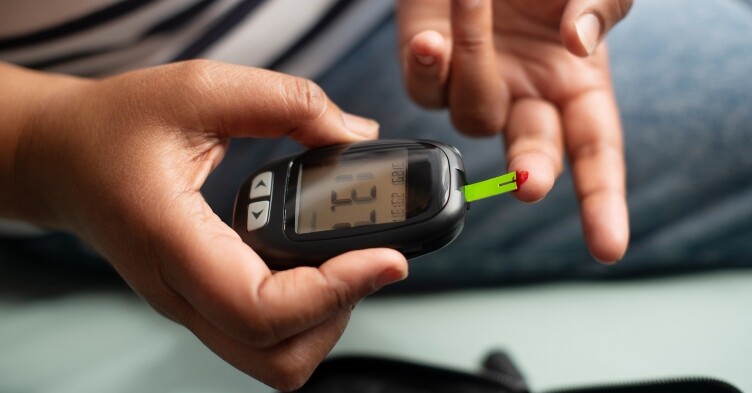Lower stroke survival odds faced by people in poorer areas

People living in more deprived areas are significantly more likely to die within a year of having a stroke, compared to those living in wealthier areas, according to a new study funded by the Chest Heart & Stroke Scotland (CHSS).
With data from over 50,000 stroke patients across Scotland, researchers at the University of Aberdeen found that stroke outcomes were closely associated with socioeconomic status. People living in poorer areas were not only more likely to die of any cause within a year of having their first stroke but were also less likely to receive the right treatment or consistent care after a stroke.
Related Article: ‘Living guideline’ advises on prescribing in type 2 diabetes
Stark differences in stroke outcome
The findings published in Cerebrovascular Diseases show ‘stark differences’ in stroke presentation, secondary prevention prescribing and mortality outcomes across Scotland. CHSS are calling on the Scottish Government and NHS to act with urgency to eradicate these health inequalities.
Using data from the Scottish Stroke Care Audit (SSCA), as well as hospital admissions data, community prescribing and dispensing data, and mortality records, the researchers examined how neighbourhood deprivation affected both a patient’s chances of dying within a year and receiving proper follow-up medication. The study included people who had their first stroke between January 2011 and December 2018, and it examined all-cause mortality within 12 months as well as whether patients received appropriate medications to prevent another stroke. The researchers accounted for influencing factors and measured deprivation levels using the Scottish Index of Multiple Deprivation (SIMD).
Results show that stroke patients from the most deprived areas were more likely to die from any cause within a year of the stroke than those in the least deprived areas. Also, patients living in the most deprived areas were younger and had more co-existing health conditions than those in the least deprived areas at the time of their stroke.
Stroke care was found to vary
Stroke care was also found to vary, depending on where a patient lived. The NHS recommends aspirin-like drugs after an ischaemic stroke, to stop recurrence, and anticoagulants if a patient has atrial fibrillation (AF). This study shows that patients living in more deprived areas were more likely to receive inappropriate treatment, often being given blood-thinning medication if they had experienced AF, rather than the recommended blood thinners.
Related Article: Government launches pilot to train more social care nurse prescribers
In wealthier areas, stroke patients may have better general health and therefore recover more effectively. However, the disparities in presentation and treatment could also be due to a lack of awareness of both symptoms and the benefits of treatment in poorer areas.
Dr Kadie-Ann Sterling, from the University of Aberdeen, who led the study said: ‘Understanding the differences in stroke presentation and outcomes between different neighbourhoods should influence public health education, decisions around screening for cardiovascular risk factors and should also be a factor when considering more focused longer-term follow-up in the most vulnerable patients.’
Related Article: Guidance on safe use of medicines and medical devices in summer heat
Jane-Claire Judson, chief executive of CHSS, stated that a ‘proactive approach’ to transforming healthcare services is necessary. She added: ‘The study confirms what we see every day in communities across Scotland – stroke care is not equal, and that’s unacceptable. These research outcomes amplify the need for a substantial rethink of how health services are delivered, the postcode lottery for treatment and care must end.’

See how our symptom tool can help you make better sense of patient presentations
Click here to search a symptom





![Menopause: identification and management [NG23]](https://s3-eu-west-2.amazonaws.com/images.nursinginpractice.com/wp-media-folder-nursing-in-practice/wp-content/uploads/2025/03/PULSE-NIP-UPLOAD-BAYER-NICE-MENOPAUSE-A5-HANDBOOK.jpg)
